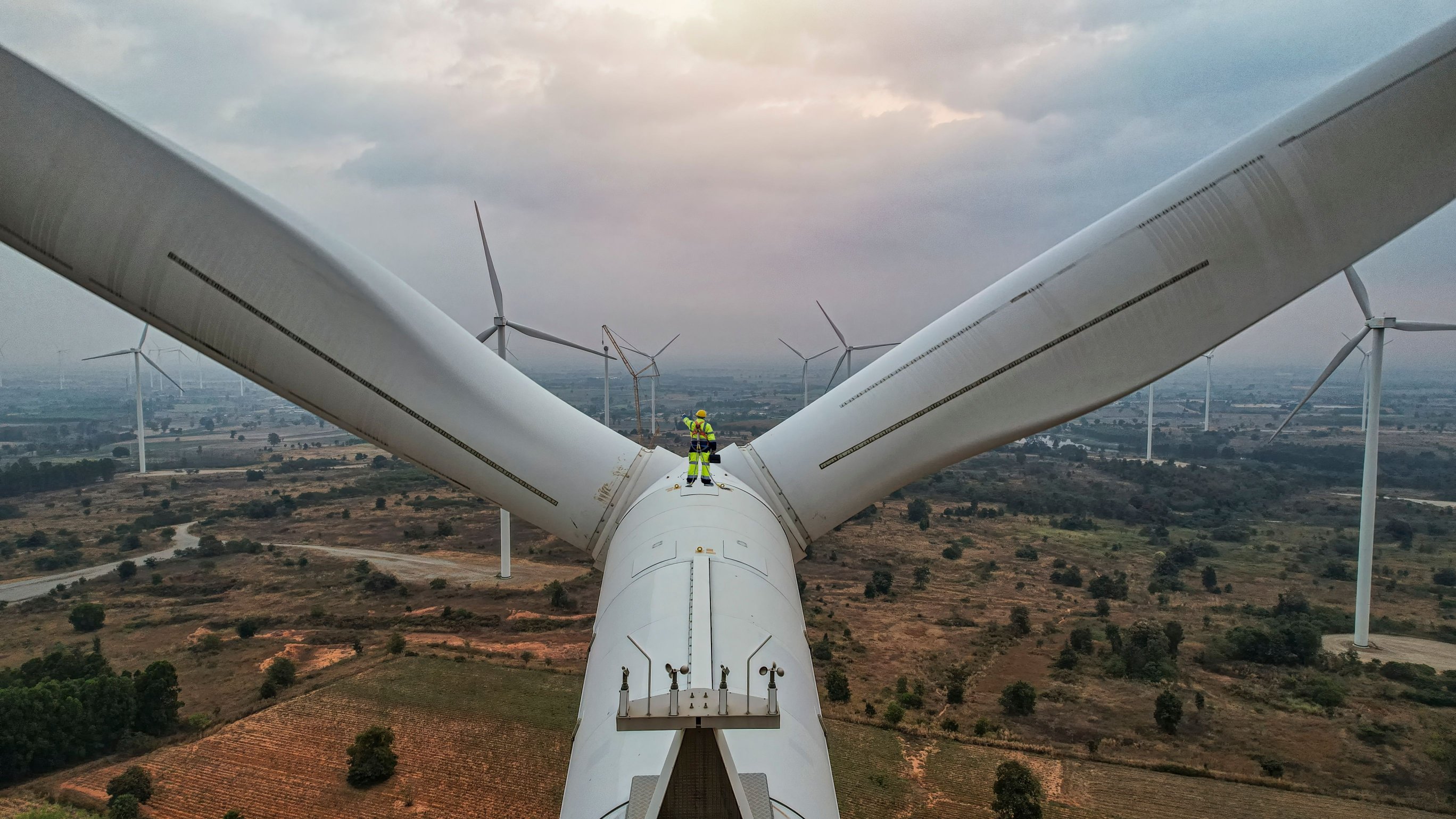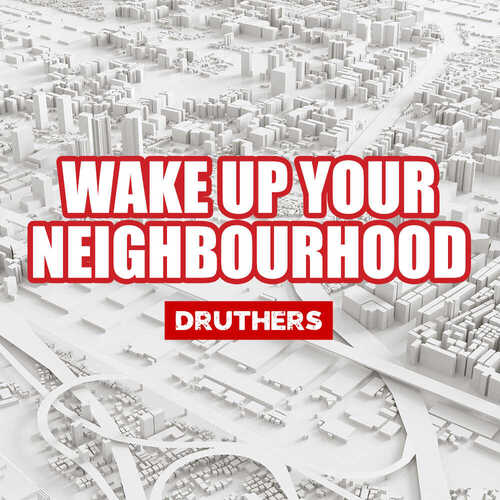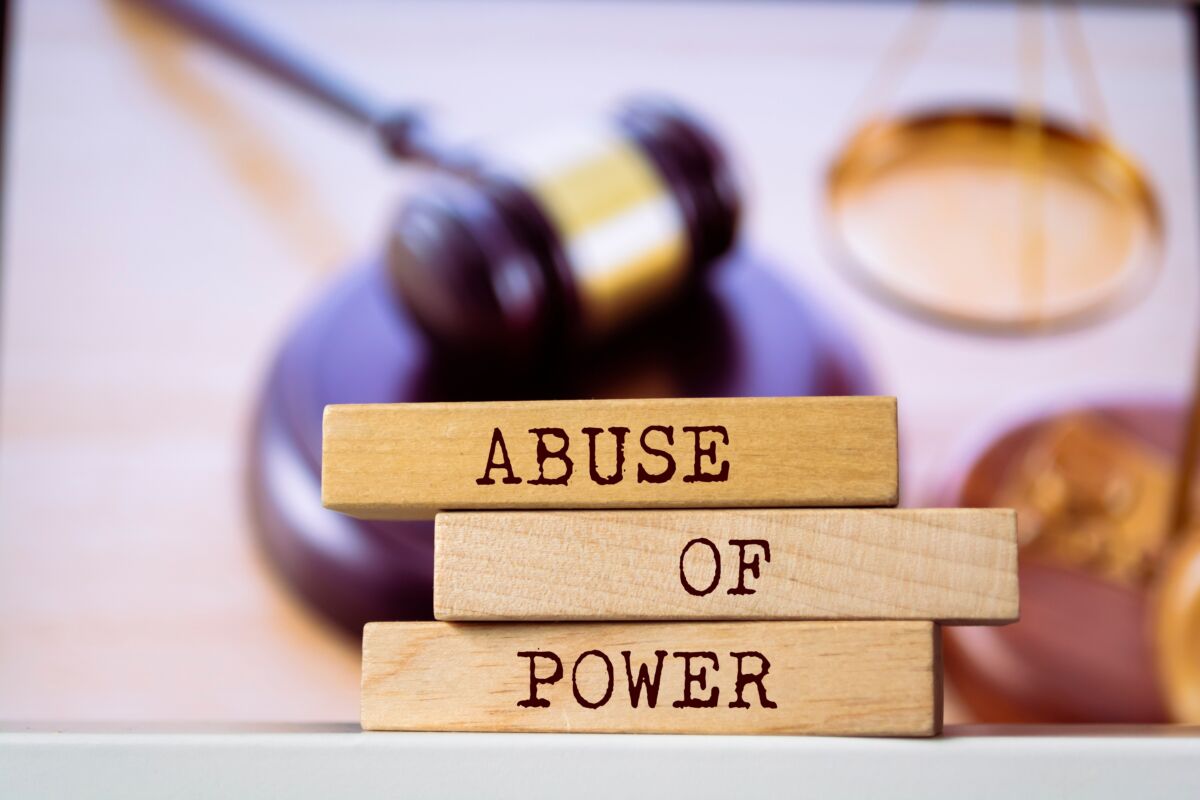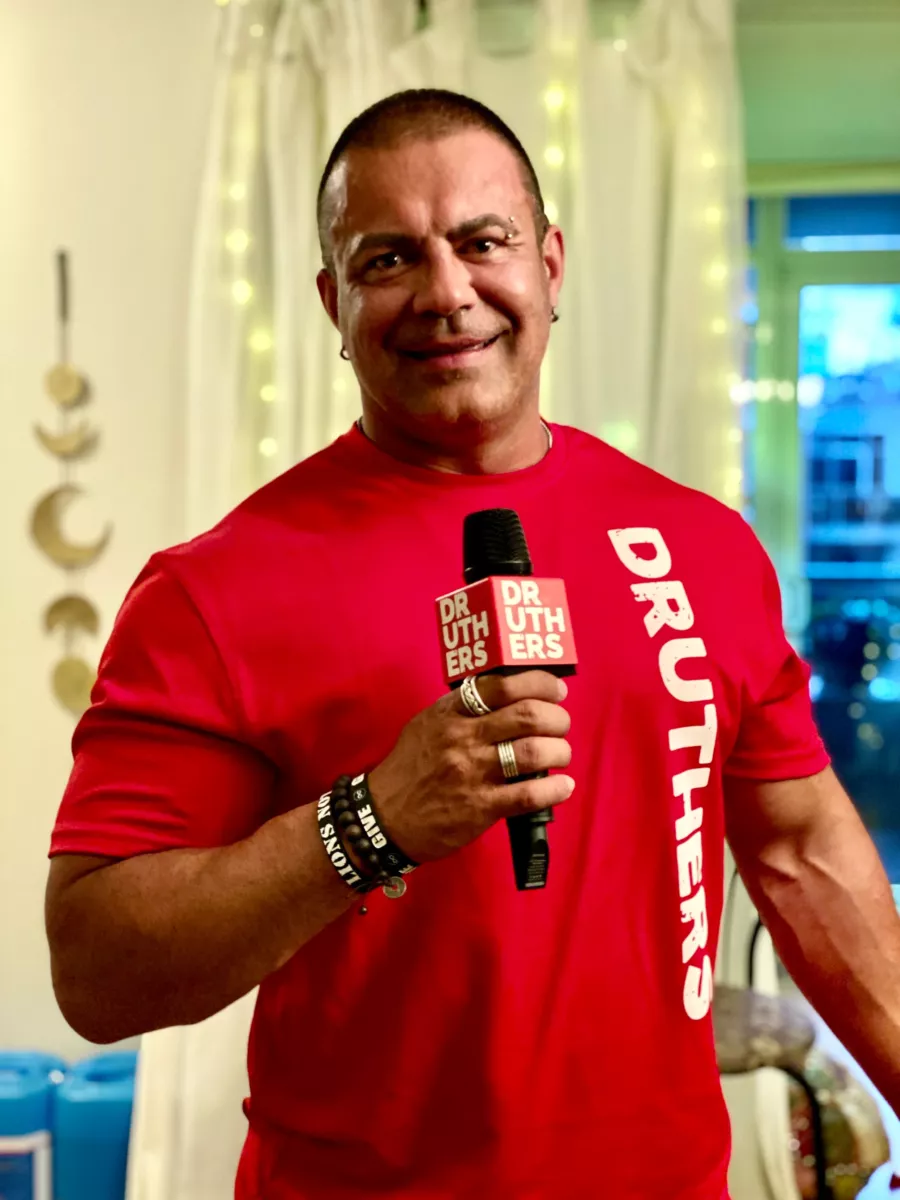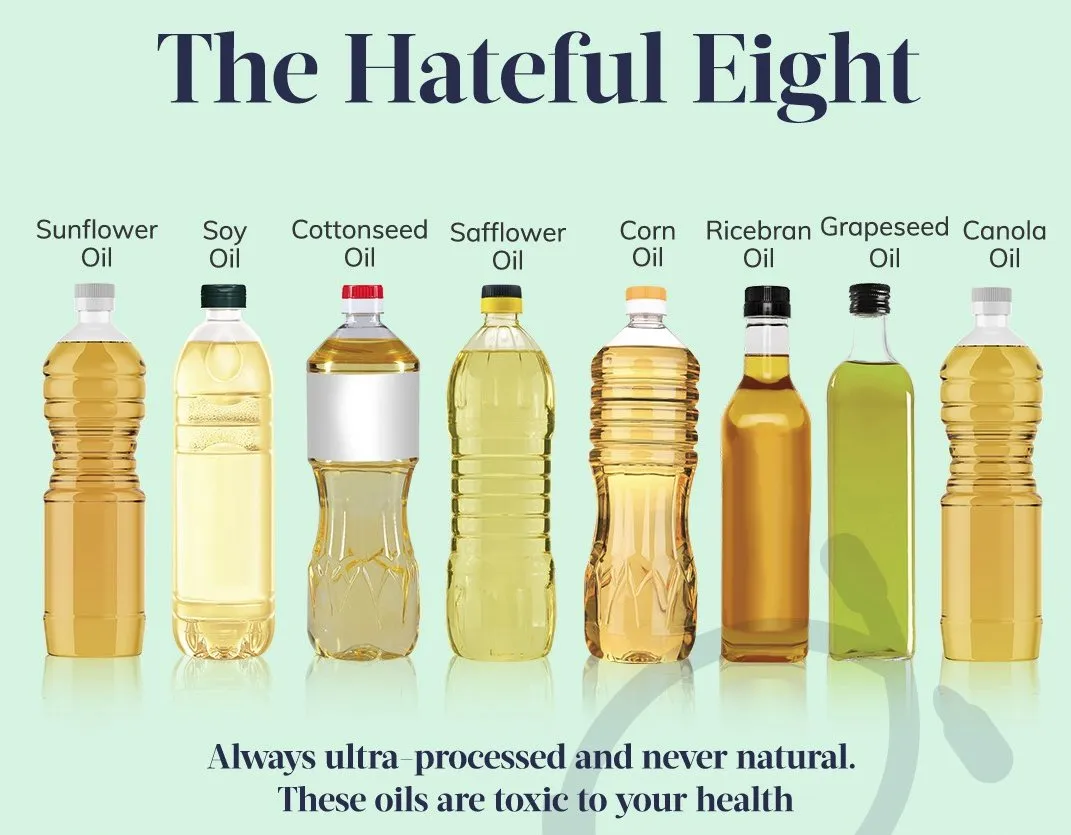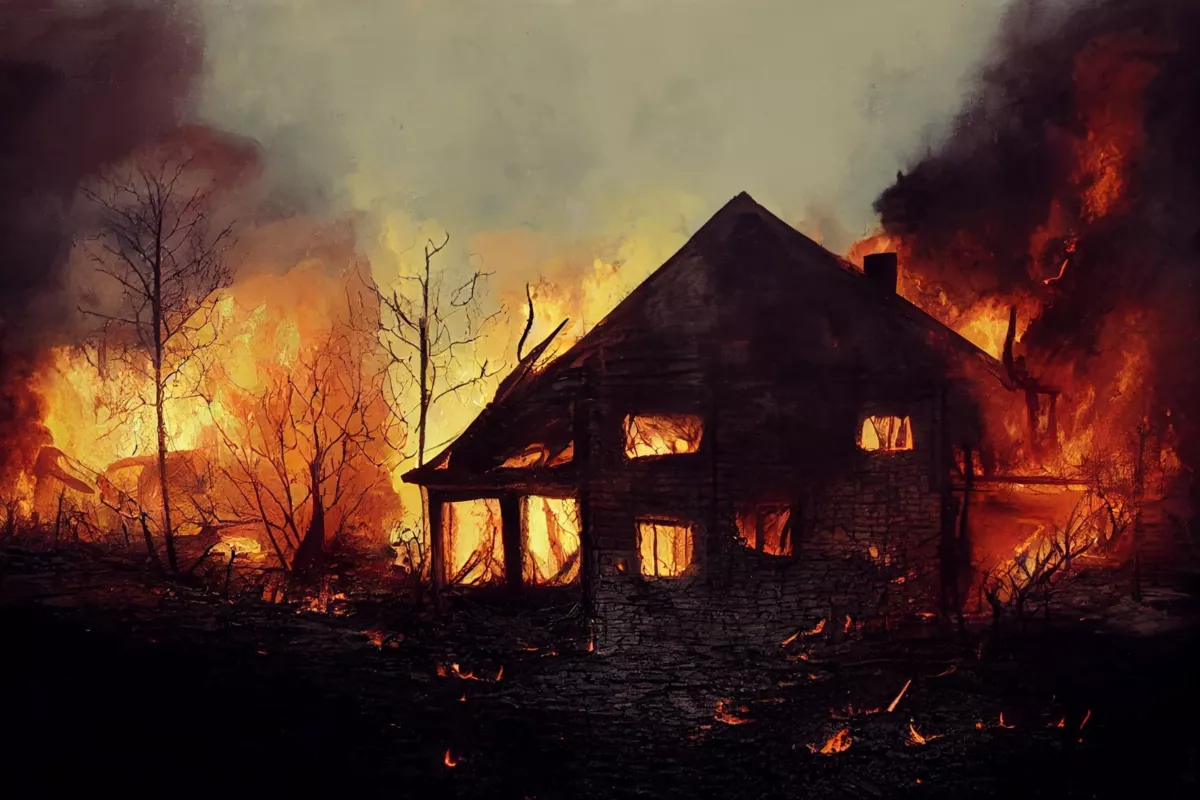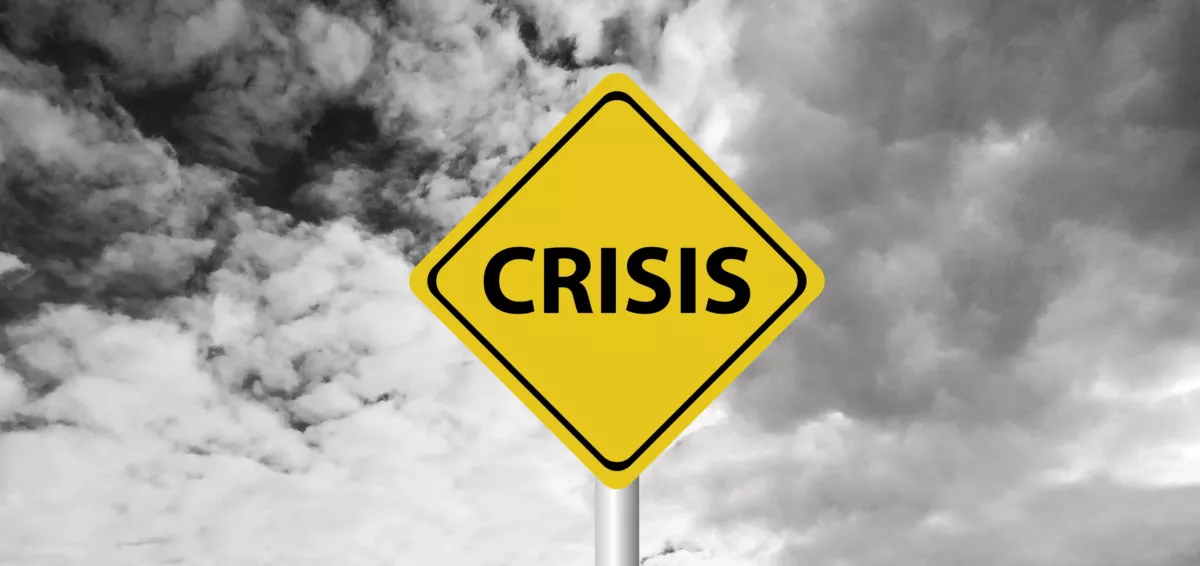Beware Lease Contracts for Wind or Solar Industrial Sites
By Dean Chesterman, P. Eng.
Wind and solar farms are being erected on both Crown and private lands across Canada. As a landowner, you may be approached by a company wanting to install wind1 or solar2 industrial sites on your land. Here are questions to ask about the lease contract before you sign it.
1. Who is the contract with? Is it the parent corporation or is it a shell company whose only asset will be this specific wind/solar industrial site?
Why is this important? Because the common result of any issue with the wind or solar industrial site is for the parent company to bolt, and to leave the shell company to die, along with any liabilities, lawsuits, court-directed settlements, and demolish/salvage/disposal and clean-up costs. Landowners are left with no recourse except to a defunct company whose only asset is the garbage on their land and a phone number no one will answer.
2. What is the Force Majeure clause? What conditions trigger Force Majeure?
There is always one, and the conditions that trigger Force Majeure for the wind or solar site are broad and deep. Bankruptcy of the shell company, a change in Government Acts or Government Regulation, unusual market conditions, technical challenges, etc., could trigger Force Majeure, thus stopping the payments and breaking the lease contract, leaving the landowner with the project abandoned and the debris on their property.
One egregious example is using lightning strikes as a Force Majeure. Electrical Utilities have NOT been able to use lightning to drive Force Majeure events since the founding of the electrical power grids, because lightning is predictable on a large scale, and can be managed with lightning arrestors and good ground practices. Considering wind turbines are electrical generators, tall, and in clear areas, they are known to attract lightning. Thus, a lightning strike to a wind turbine is predictable and manageable, and CAN NOT be a condition driving Force Majeure.
Don’t lose touch with uncensored news! Join our mailing list today.
3. What is the Gag Clause?
The wind/solar lease contracts all have a gag clause to stop landowners from discussing or sharing the terms and payments with neighbors and to stop landowners from raising complaints or suing the wind/solar parent company or the shell company. Their goal is to minimize the lease payouts and to stop the complaint process before it starts.
The gag clause extends to others outside of the lease contract. If a neighbor would like some trees to be planted to mask the view or reduce the noise, the wind or solar industrial site is more than willing to pay for tree planting, provided the neighbor also signs a lease contract with the gag clause. And usually, they plant the trees, but the ongoing maintenance of the trees is now the neighbor’s responsibility, with no warranty for the trees, of course. Again, anything to get the lease contract at minimum payments, an effective gag clause, and no present or future liability for the wind or solar industrial site.
4. Who pays for demolish/salvage/disposal? When?
Is it a demolition fund that has an actual balance of money or is it a performance bond, backed with the shell company assets? IF the latter, there is no asset value, as the value of the asset is the present value of the asset being demolished!
Another issue is the demolition may be scheduled for 25 years out. Meanwhile, the industrial site could be abandoned a few years in when it is not economical or has a technical failure. And then, it will sit defunct until the demolition clause timeline is triggered.
5. What are the expected lifetime and performance characteristics?
These factors are always over blown! Numbers of 25 to 30 years for the life of the turbine are thrown around, but economic operation is often only 15 years. Capacity factors of 40% are quoted, but the Alberta AESO (Alberta Electric System Operator), in their annual power system report, shows that in Alberta wind power capacity factor barely exceeds 30% for the entire fleet, and solar capacity is worse, at less than 10%.
6. Will the wind/solar industrial site management be responsible for controlling ALL of the noxious weeds and other pests that will show up on the site access roads and equipment pads?
The civil, mechanical, electrical, and other contractors are not interested in or trained in biosecurity of agricultural land, and typically, do not clean the weeds, mud, and dirt off their equipment before entering the new wind or solar industrial site. This activity extends from the first surveys through construction and installation into the ongoing maintenance for the life of the facility, and the landowner will never know who is entering their property. It could be at any time of the day or night.
7. Will the wind/solar industrial site management be responsible for cleaning up ALL of the broken fiberglass and hazardous material from the fields to your satisfaction?
When a wind turbine throws a blade (about 0.5% of them do every year), there is shredded fiberglass everywhere. Cattle eat it in the field or in the hay and a type of hardware disease is an obvious result. It really cannot be treated as the cud chewing by the cow grinds it up into exceedingly small pieces that lodge everywhere in the poor cow’s digestive tract. The fiberglass also catches in farming equipment, like the pinch points and bearings of swathers, combines, augers, and grain dryers.
The gear boxes are designed for a 20-year life, but typically, start failing after 7 years in service, leaking oil down the turbine shaft. The majority of gear boxes have been replaced after 10 years. Hence, when the replaced gear box at the 15 year timeline needs replacement, the economic value of the wind turbine is over.
8. Will the wind/solar industrial site management be responsible for cleaning up ALL of the oil leaks, and fire damage when the wind turbines catch fire?
Wind turbines regularly catch fire, which cannot be fought. The usual practice is to let it burn out while trying to stop the spread of fire on the ground.
9. Will the wind/solar industrial site management be responsible for cleaning up ALL of the broken glass, damaged plastics, light metals, and heavy metals when the solar panels are damaged?
Solar panels are regularly damaged by hail storms and lightning strikes, or due to faulty installation, component defects, and design flaws, any of which can potentially cause a fire. A solar panel fire can be fought, but the panels are still active energy sources, so even at night, the fire itself will generate electricity in the panels, which complicates the fire fighting.
10. How do the developers monitor and record bird strikes, bat strikes, and other animal injuries and deaths?
All developers limit present and future liability. Some do not monitor and record animal impacts. Others only monitor within the span of the blades, and ignore the majority of birds and bats that fall outside of the blade span because the moving blades flip them out. The worst factor is that all the small animal carcasses on the ground attract the big raptors who fly slowly and cannot avoid the blades.
And finally, the critical question!
11. Can you and your family live with the nuisance of the wind or solar industrial site?
There will be regular whop-whop-whop noises from the wind turbine blades and screeches from the blade brakes. Many people feel the low frequency infrasound in their chest or head, in addition to the measurable air pressure changes and ground level wind turbulence. There will be blade shadow flickers, blinking red lights on top, and the dramatic visual impact of 90-metre-high towers, carrying three blades with a 125-metre span, spinning at 20 RPM in multiple locations on the wind turbine industrial site.3
At least the solar industrial sites are quiet, though they do sterilize the vast majority of the site area by shading the ground. They are known, though, to heat the area around the site and dark panels do have a dramatic visual impact on acres and acres of land. There will also be a lot of extra dust in the air, thanks to the many access roads and dead areas under the solar panels.
In summary, the wind or solar industrial project developer is aiming to get their wind or solar industrial site installed as cheaply as they can, gagging everyone they are dealing with to eliminate complaints, to eliminate organized resistance, and to eliminate as many present and future liabilities as possible. Their lease contract is 100% in their favour, and all you get is a minimal payment with all the headaches, liability, and costs associated with your now contaminated industrial site covered in garbage.
1. Wind turbines in Canada: open.canada.ca/data/en/dataset/79fdad93-9025-49ad-ba16-c26d718cc070
2. Solar Farms in Canada: en.wikipedia.org/wiki/List_of_photovoltaic_power_stations_in_Canada
3. journals.lww.com/endi/fulltext/2023/08040/wind_turbines__vacated_abandoned_homes___exploring.2.aspx
Dean Chesterman, B.Sc.E.E., B.Com., has worked for over 40 years as a Professional Engineer in the electrical power grid in Alberta and across Canada. He was the Engineer of Record for the power system studies, Hydro 1 interconnection process, and the detailed electrical design of the Comber Wind Farm in Lakeshore, Ontario, consisting of 72 wind turbines based on the Siemens model SWT 2.3 MW wind turbine with 80-metre towers and 101-metre blades. Learn more at ca.linkedin.com/in/dean-chesterman-6a249b92

